I know one thing that’s been on the top of everyone’s to-do list this summer is: how to identify spiders. So you’re in luck because I’m going to explain how there’s no need to worry about this – it is practically impossible.
Well, that’s an exaggeration. It is possible, with diligence, for backyard amateurs to spot and confidently name some of the more common spiders around the house. But it’s hard to narrow them down past the family name or the common name. Often you need a microscope and firsthand instruction from experts to accurately identify an individual’s species.
To understand spider names, it’s good to get a couple of easy things straight. First, spiders are not insects. Spiders have eight legs; insects have six. Spiders have two body sections; insects have three. And they differ from other arachnids like scorpions, harvestmen (daddy long legs), and mites (including ticks).
So, how to find the name of a spider crawling up your wall.
The arachnologists and field guide writers seem to have conspired over the years to make spider names a cobweb of its own. Each spider, sort of like characters in “The Lord of the Rings,” has several names. Probably I’m just slow, but it took me a long time to figure this out.
My mental equivalent of Frodo’s sword Sting stopped bouncing helplessly off the cords of the web when I realized that spider names come in three separate, but overlapping categories: a family characteristic name; a common name; and the scientific name.
Many guidebooks and articles cheerfully call a spider family by a name that indicates a physical characteristic or behavior, often its method of predation. For example, there are cobweb weavers, sheetweb weavers, crab spiders and jumping spiders. You might hear of orb weavers, which are spiders that construct orb – or spiral-shaped – webs. There are a lot of orb weavers, spanning several families. You might also hear a specimen referred to as a “hunting spider,” which arachnofficials (that name I made up) sometimes use to distinguish spiders that do not build webs from ones that do.
These same spiders have common, or household names, such as garden spider (orb weavers), house spider (cobweb weavers), barn, hammock, wolf (hunting), parson (hunting), ground, grass and ghost spiders, to use just a few you might have heard. For some, such as nursery web spiders and wolf spiders, the physical characteristic name overlaps with the common name.
Third, there’s the scientific name, consisting of family, genus and species. This is the most problematic because, while there are thought to be around 175,000 species of spiders on Earth, fewer than 50,000 of them have actually been found and assigned names. There are somewhere between 800 and 2,000 species in the Eastern U.S., many of which are unidentified. Most of Maine’s roughly 680 species have been spotted and named.
For amateur naturalists, it’s usually hard to be confident about the species of an individual. Often the best you can do is name the family. In Maine, some of the more common spider families are Lycosidae (wolf spiders), Araneidae (garden orb weavers), Thomisidae (crab spiders) and Salticidae (jumping spiders).
One reason the genus and species names are head-scratching is that, unlike butterflies whose wing patterns are pretty much exactly the same for every individual of a species, many adult spiders of the same species can look very different from each other. So identifying a spider is hardly ever a matter of matching a pattern on its abdomen to a picture in a book. Often, the differences between one species and another are literally microscopic. And even individuals of the same species can differ radically in overall appearance.
So you try for the family name first. The best clue is the arrangement of its eyes. Most spiders have eight eyes (some have six), configured in different ways on the cephalothorax, or head. Some spider eyes are distinctive, like those of many jumping spiders which look like goggles on top of the head. But many eye arrangements, especially to an amateur like me, are uncertain because of similarities between families and because many spiders won’t hold still for your camera or magnifying glass. The eyes may not be easily distinguished among the spider’s markings. There’s also the uneasy feeling you get from looking a spider in the face close up, but that’s a different problem.
So the same way one “Lord of the Rings” character is called Aragorn, Strider, Elfstone and the Dunadan (among others), that large yellow-streaked spider watching from its web over your kitchen window is most likely the Araneidae family’s Argiope aurantia, an orb weaver, aka black-and-yellow garden spider. Not to be mistaken for her cousin, Argiope trifasciata, an orb weaver aka banded garden spider, among whom the males are much smaller and thinner and lack the bright yellow of the females.
Similarly, it’s fairly easy to name a crab spider, in the family Thomisidae, because their front legs at rest are hooked around like crab legs. They’re hunting spiders, and don’t build webs. But there are a lot of different kinds, including the goldenrod crab spider (Misumena vatia) you might see on a flower, and which could be anything from bright yellow with orange lightning streaks to pale white, or a tan crab spider (Xysticus transversatus) who’s a little larger and up close has a thuggish look that makes you think it could be a cousin of Tolkien’s Shelob.
Wolf spiders, the Lycosidae family, are common in Maine too, but don’t mistake the rabid wolf spider (Rabidosa rabida) (not actually rabid) for a nursery web spider (Pisaurina mira) of the Pisauridae family, or a hammock spider, who’s a sheetweb weaver (Pityohyphantus costatus) of the Linyphiidae family (subfamily Linyphiinae).
There are arachnologists to whom you can email your close-up photos of spiders, and they very kindly reply. But they often can’t confidently give the scientific name, even when you’ve got a full-on image of the spider’s eyes, shape, markings and legs. They need to look at it with instruments and a microscope to tell. You can also send a picture of your spider to forums.spiders.us, where people with practiced eyes can make a best guess, or debate with each other, about your spider’s name.
Otherwise, you’re tending your own web of names.
Dana Wilde lives in Troy. His writings on Maine’s natural world are collected in “The Other End of the Driveway,” available from online booksellers or by contacting the author. Backyard Naturalist appears the second and fourth Thursdays each month. You can contact him at naturalist@dwildepress.net.
Copy the Story Link
Send questions/comments to the editors.

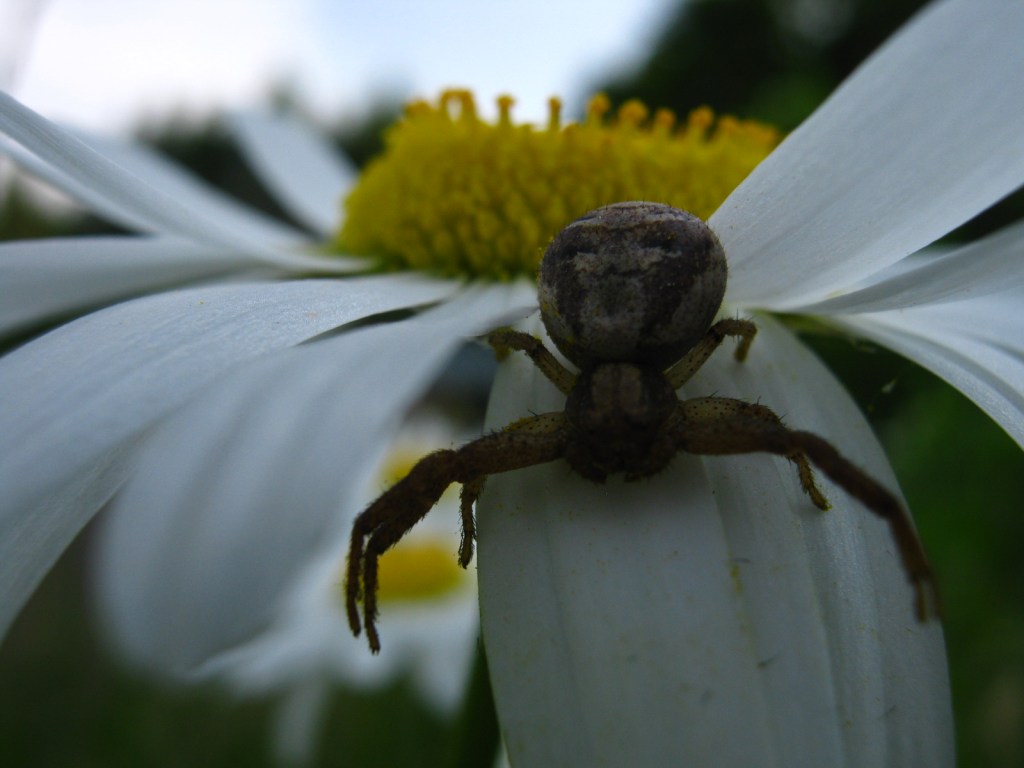
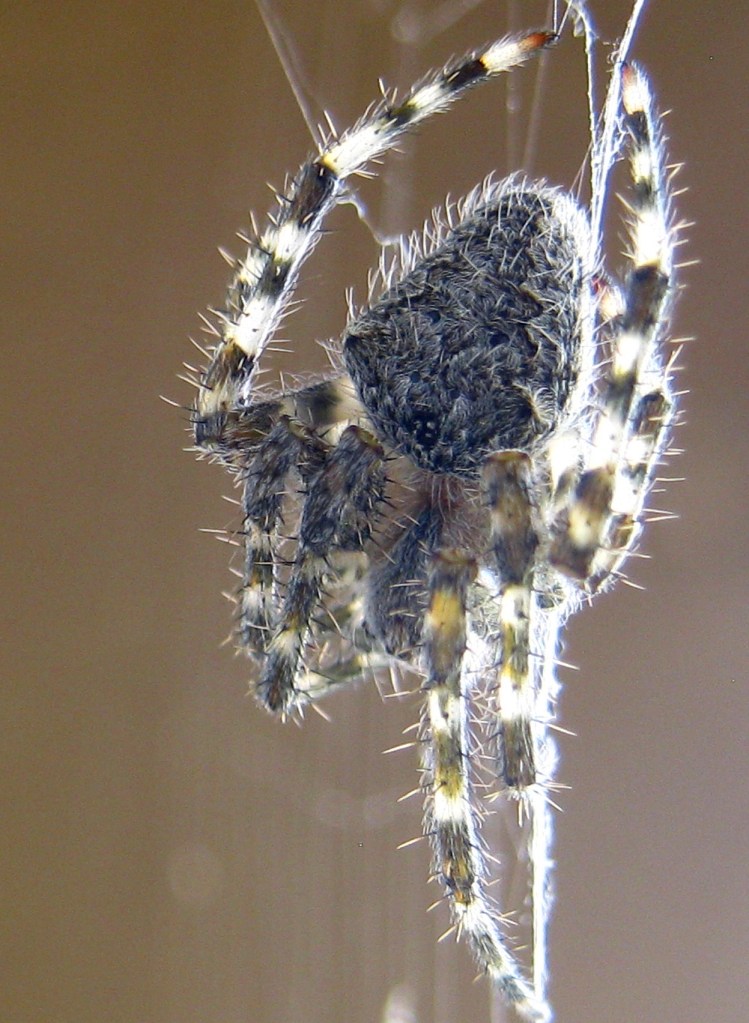
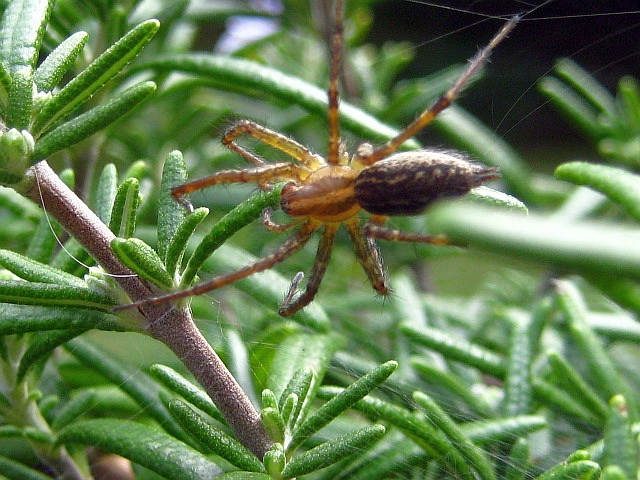
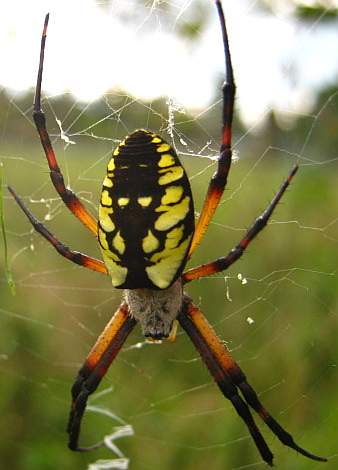
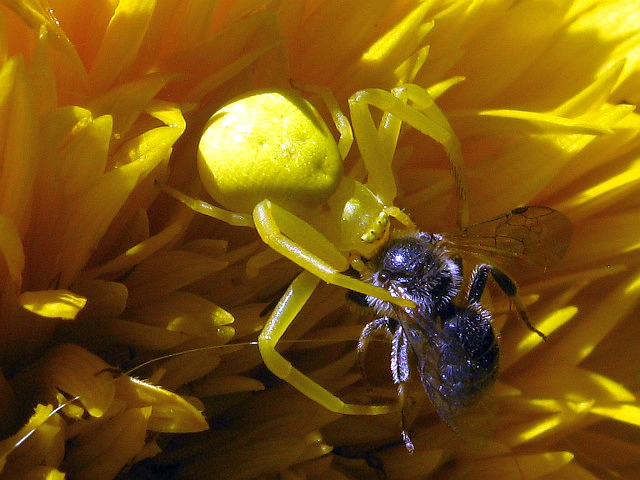
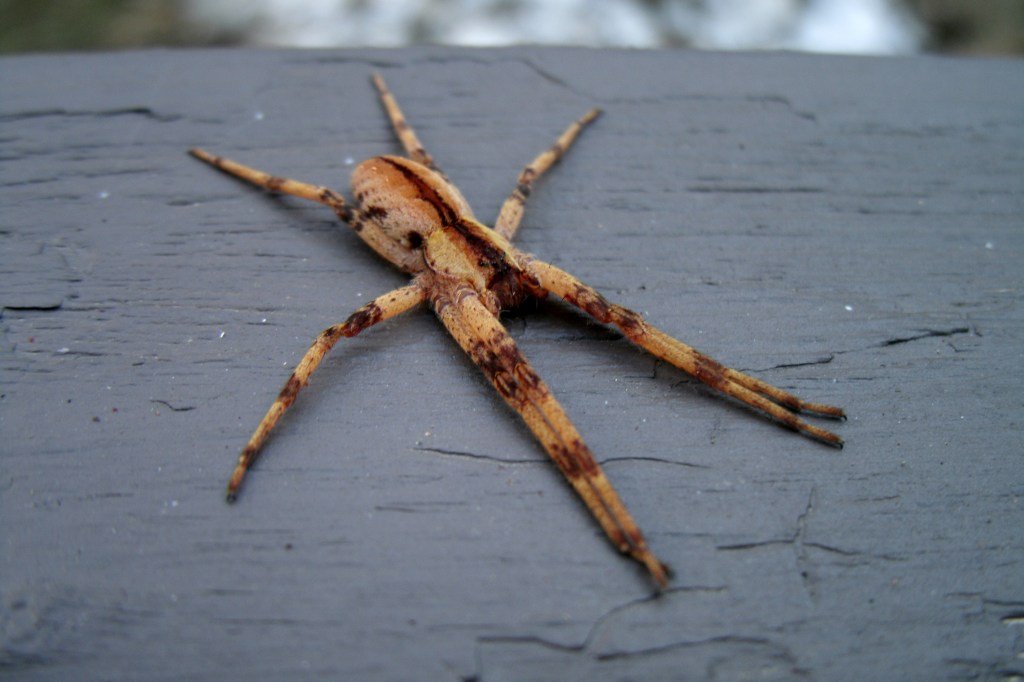
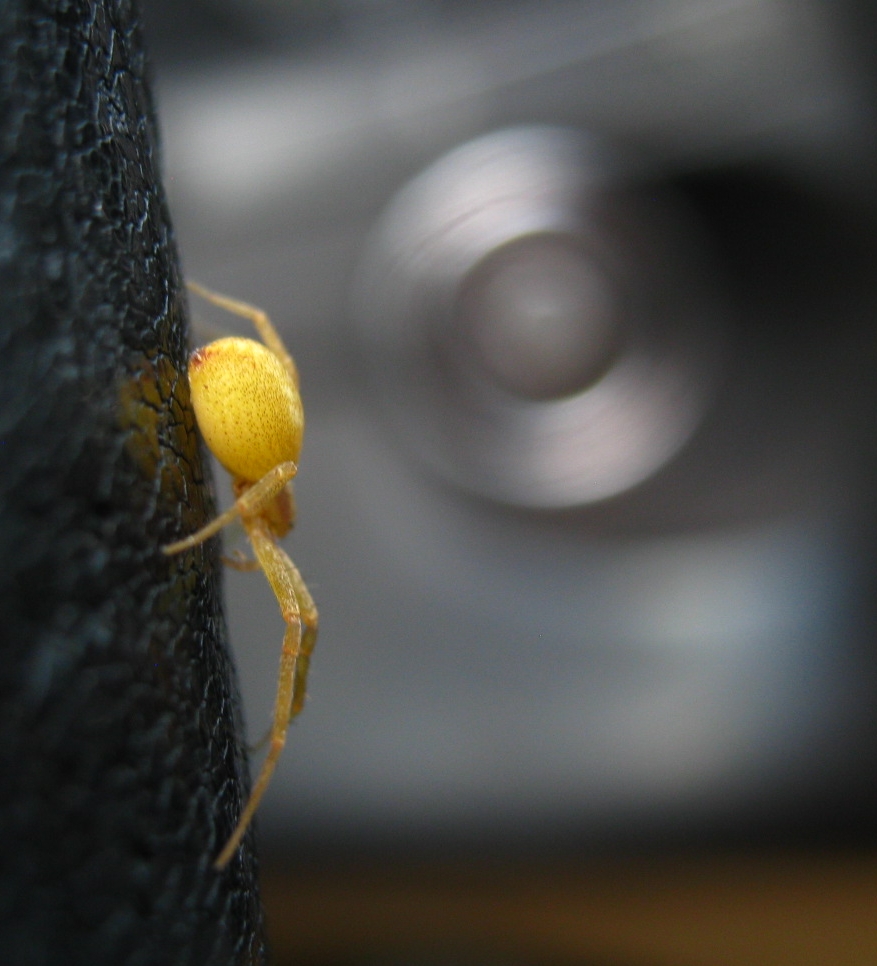
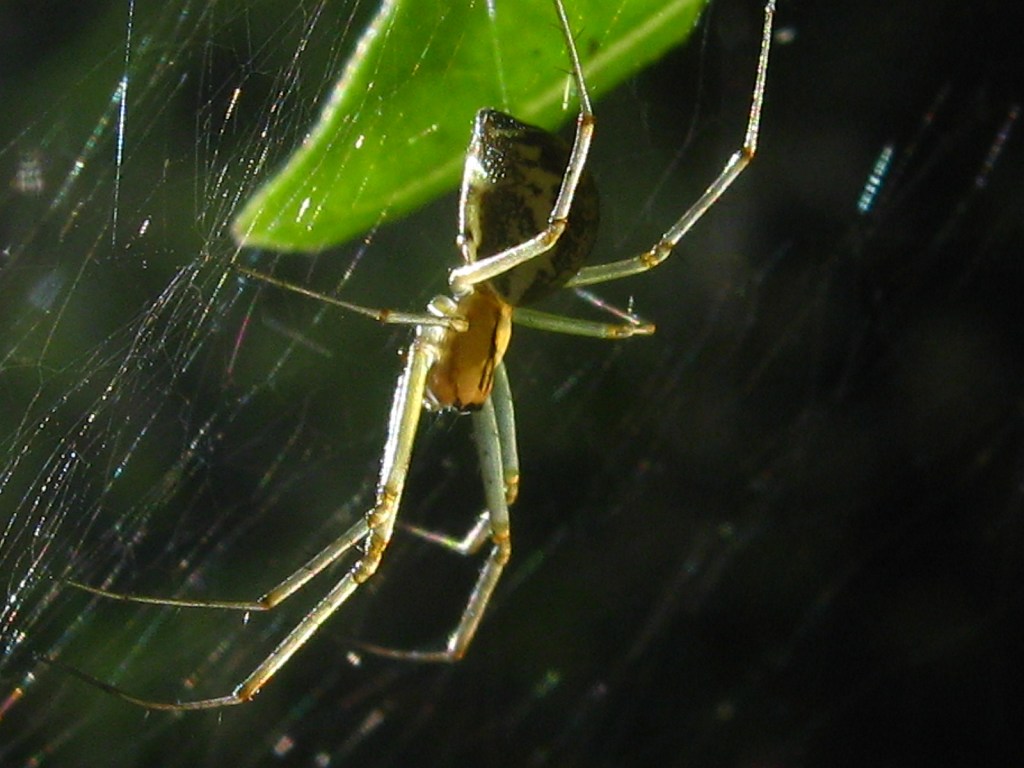
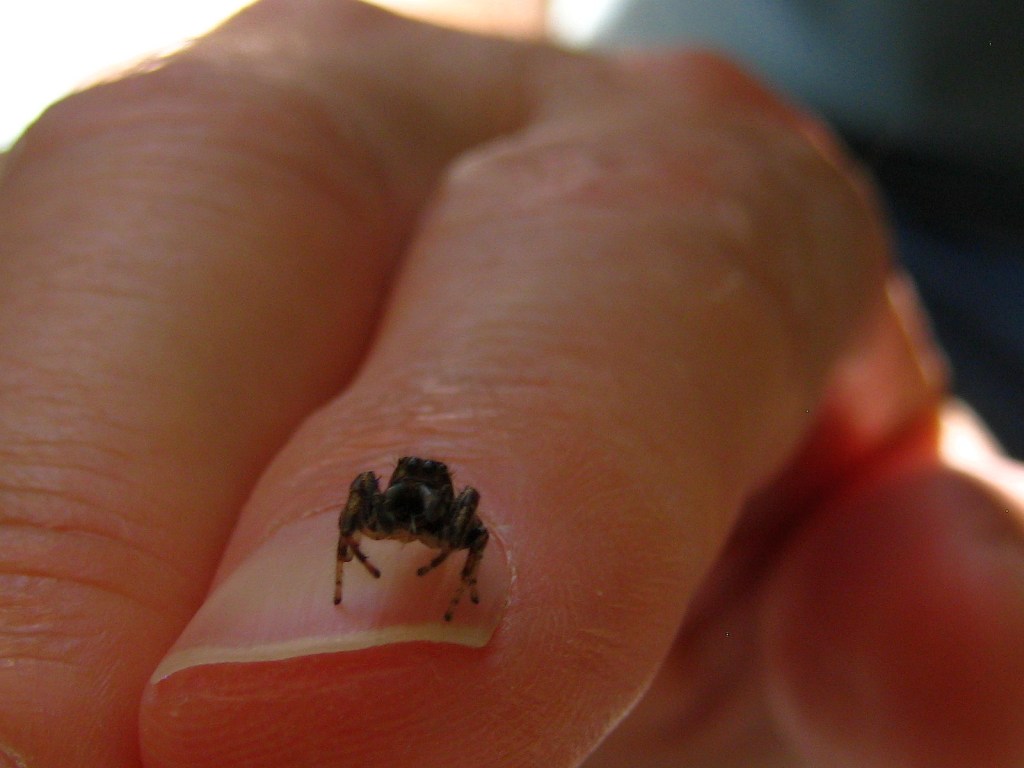
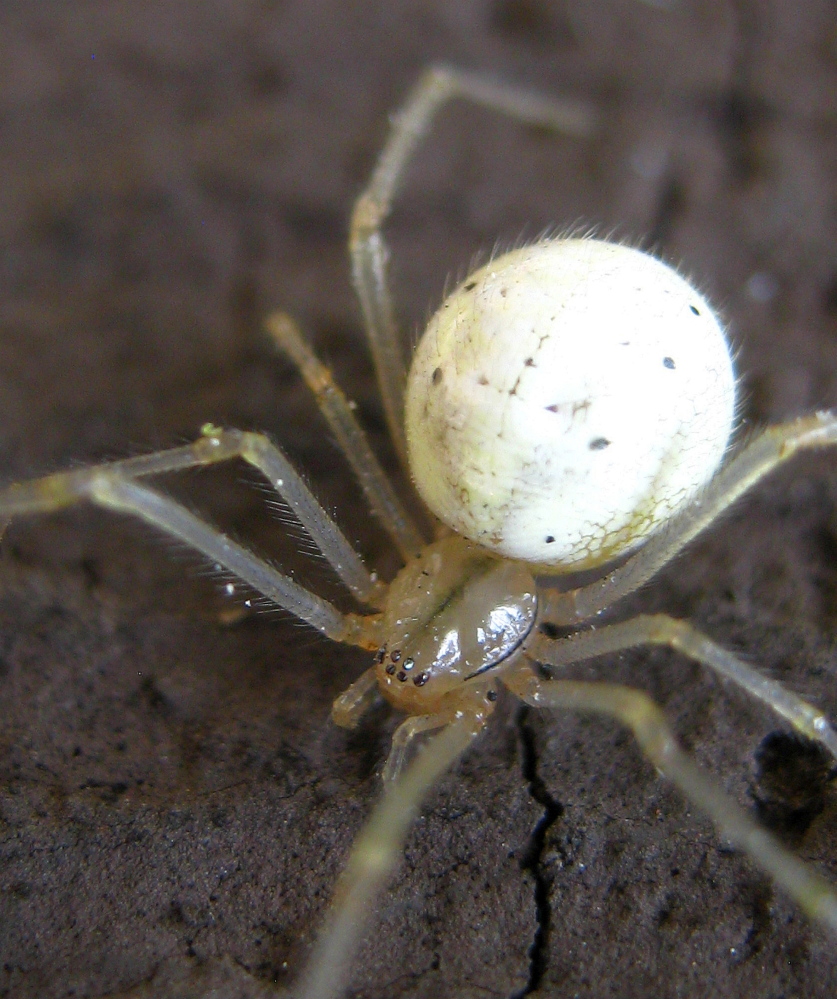

Success. Please wait for the page to reload. If the page does not reload within 5 seconds, please refresh the page.
Enter your email and password to access comments.
Hi, to comment on stories you must . This profile is in addition to your subscription and website login.
Already have a commenting profile? .
Invalid username/password.
Please check your email to confirm and complete your registration.
Only subscribers are eligible to post comments. Please subscribe or login first for digital access. Here’s why.
Use the form below to reset your password. When you've submitted your account email, we will send an email with a reset code.